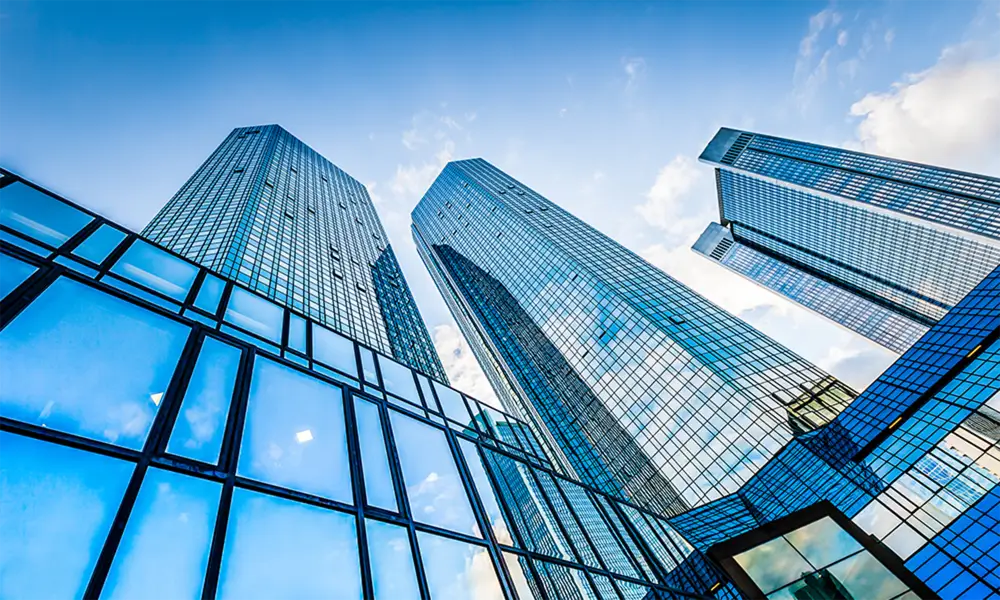

The Benefits of Dual Low-E Glass Enhancing Energy Efficiency and Comfort
In today’s environmentally conscious world, energy efficiency is a paramount concern for both homeowners and commercial building managers. One effective way to improve energy performance is through the use of advanced glazing technologies, notably dual low-emissivity (low-E) glass. This advanced window technology offers significant benefits that contribute to energy savings, improved comfort, and a reduced carbon footprint.
What is Dual Low-E Glass?
Dual low-E glass consists of two coats of low-E material applied to the surface of glass panes. Low-E coatings are microscopically thin, transparent layers that reflect infrared light, ensuring that heat remains inside during winter while keeping it out during summer. Dual low-E glass typically incorporates two panes of glass, often with argon or krypton gas fills between them for enhanced insulation. This combination provides superior thermal performance compared to standard single-pane or even basic double-pane glass.
Energy Efficiency
One of the most compelling advantages of dual low-E glass is its exceptional energy efficiency. Buildings equipped with this technology can significantly reduce heating and cooling costs. During colder months, the low-E coating reflects radiant heat back into the building, minimizing the workload on heating systems. Conversely, in warmer months, it reflects external heat away, keeping indoor spaces cooler and reducing reliance on air conditioning. Studies have shown that dual low-E glass can lead to energy savings of up to 30% or more, depending on geographical location and climate.
Passive Solar Gain
Another key benefit of dual low-E glass is its ability to harness passive solar gain effectively. Many dual low-E windows are designed to allow natural sunlight to enter while limiting the heat transfer. This means more natural light in indoor spaces, which enhances the aesthetics and the mood of occupants, promoting a healthier environment. Homeowners can rely less on artificial lighting during the day, further saving on electricity costs while enjoying the warmth and comfort that natural light brings.

UV Protection
In addition to thermal efficiency, dual low-E glass also provides excellent protection against harmful ultraviolet (UV) rays. These rays can cause furniture, flooring, and artworks to fade over time. With dual low-E glass, UV transmission is considerably reduced, preserving the integrity of interior furnishings and natural materials. This protective feature not only helps in maintaining the aesthetic appeal of spaces but also prolongs the lifespan of interior investments, providing additional cost savings for homeowners.
Enhanced Comfort
Temperature inconsistencies can be a significant discomfort in both residential and commercial settings. Dual low-E glass helps to create a more stable indoor environment by minimizing drafts and cold spots near windows. This consistency results in improved comfort for occupants, making spaces more enjoyable and conducive to productivity. Furthermore, reducing temperature fluctuations can also lower wear and tear on HVAC systems, extending their operational lifespan and reducing maintenance costs.
Environmental Impact
With global climate change concerns on the rise, choosing energy-efficient building solutions is increasingly important. By opting for dual low-E glass, builders and homeowners contribute to lower energy consumption, which in turn reduces greenhouse gas emissions. The use of dual low-E windows can be a crucial step in achieving sustainability goals, making a difference in the fight against climate change.
Conclusion
In summary, dual low-E glass is an effective solution for enhancing energy efficiency in modern buildings. Its benefits span energy savings, comfort, UV protection, and environmental impact. For homeowners and commercial property owners looking to upgrade their windows, investing in dual low-E glass can yield long-term dividends, both financially and environmentally. As we continue to prioritize sustainability in building practices, dual low-E glass stands out as a smart and effective choice for the future.